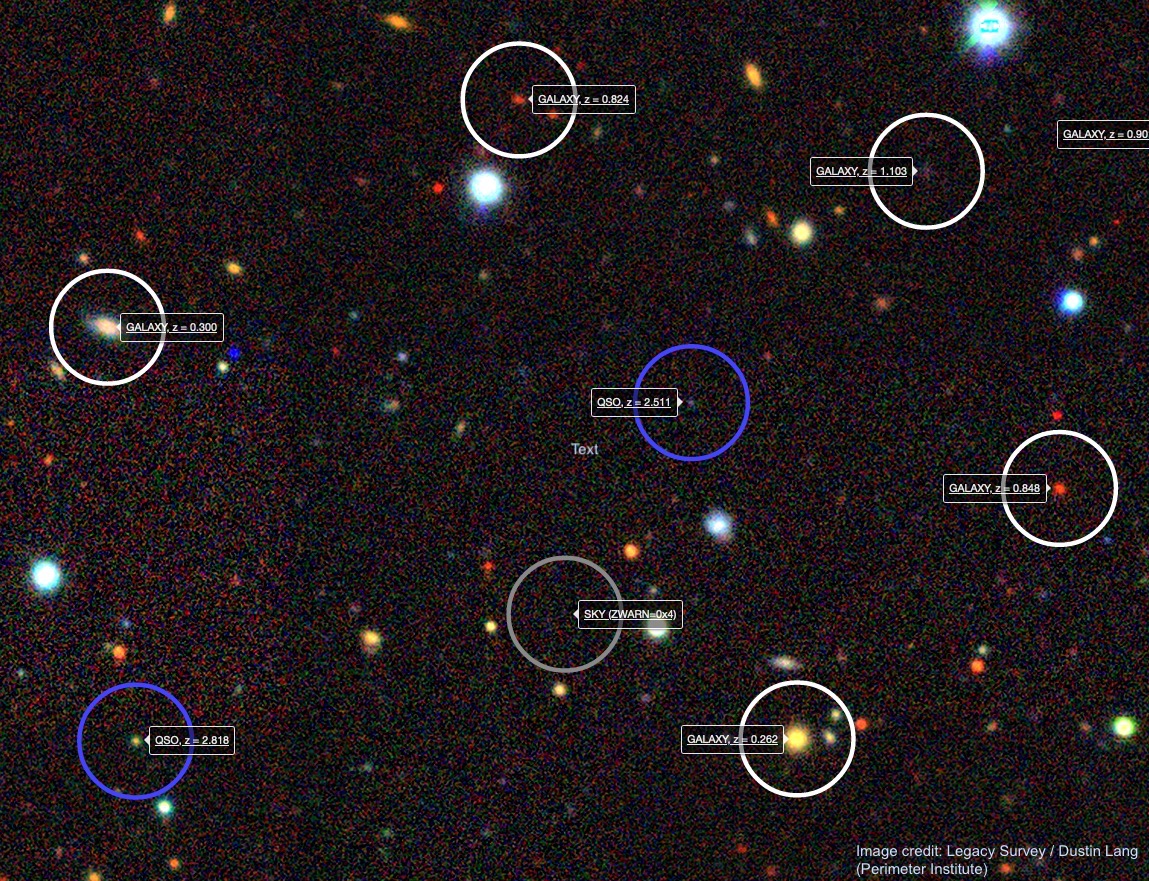Daniel Eisenstein, Harvard University
April 19, 2021
Since mid-December, DESI has been intensively performing its Survey Validation (SV) observations. With SV, we seek to optimize the 5-year survey design using on-sky observations of our target classes. We of course based our designs on what was known before DESI, but DESI is a big enough step forward that one can’t be sure until one verifies the performance with the instrument itself!
One of the challenges for Survey Validation is that we want to verify our survey plans with targets that are fainter and spread over wider areas of the sky than have previously been observed. So we need to make our own truth tables by observing our targets with much longer exposures than we plan for the survey, so that the correct answers become obvious. We then can split the observations into portions to see what a survey-length exposure would yield.

From mid-December through the end of March, DESI observed 161 separate tiles as part of the first phase of its survey validation program, collecting over 1600 separate spectroscopic exposures. We combined 4.3 million separate observations of 465,000 distinct examples of our target classes, with an average of 95 minutes per target, obtaining redshifts for 412,000 objects. This is already one of the largest extragalactic spectroscopic data sets ever collected, including 108,000 redshifts above 0.8.
The whole DESI collaboration has mobilized to analyze these on-sky data, because rapid answers are needed to define the main survey. The results have been very encouraging; we’ll share more examples in future blog posts.
